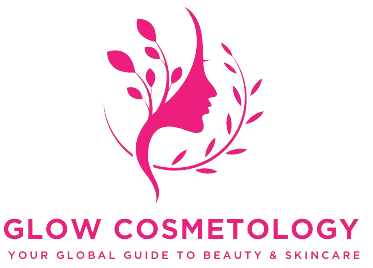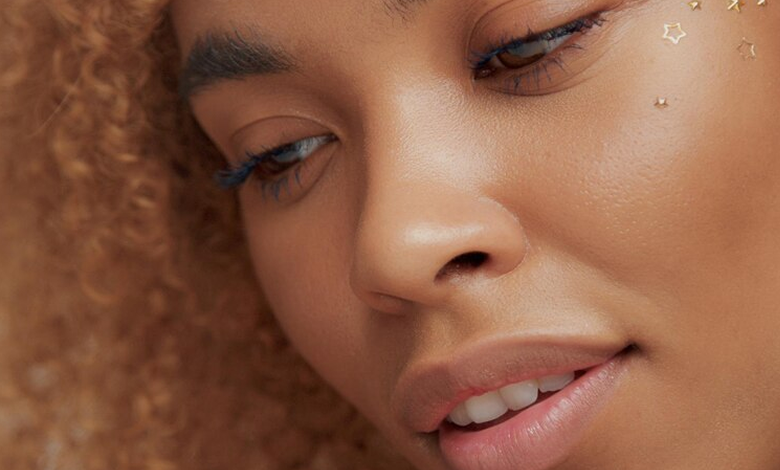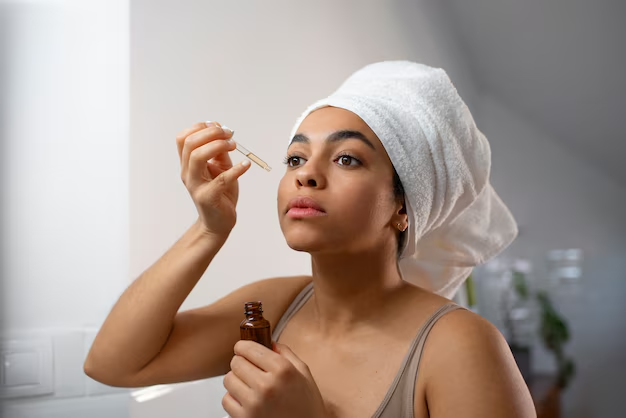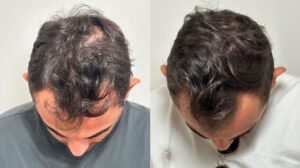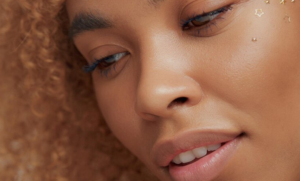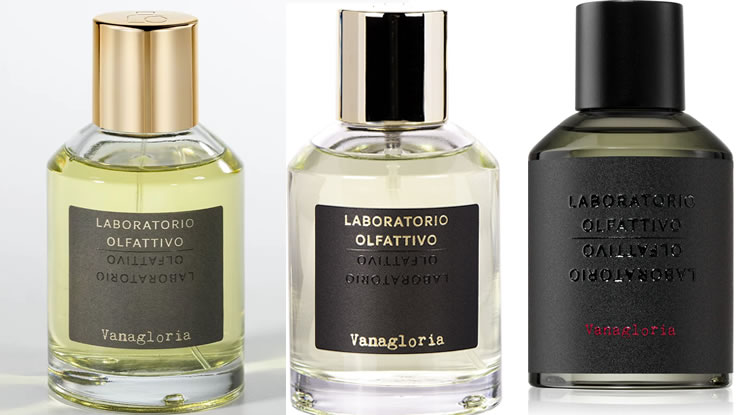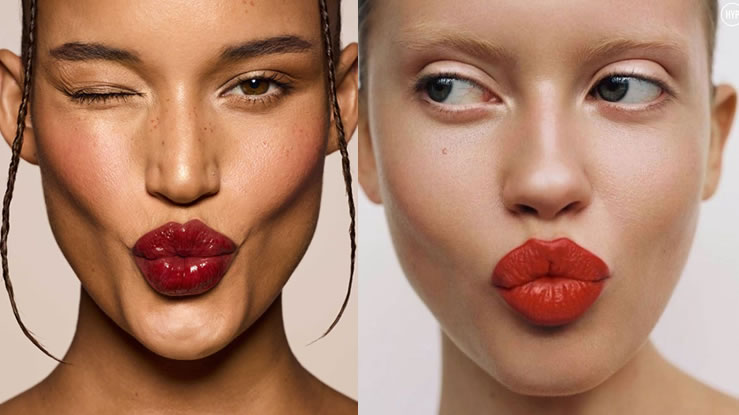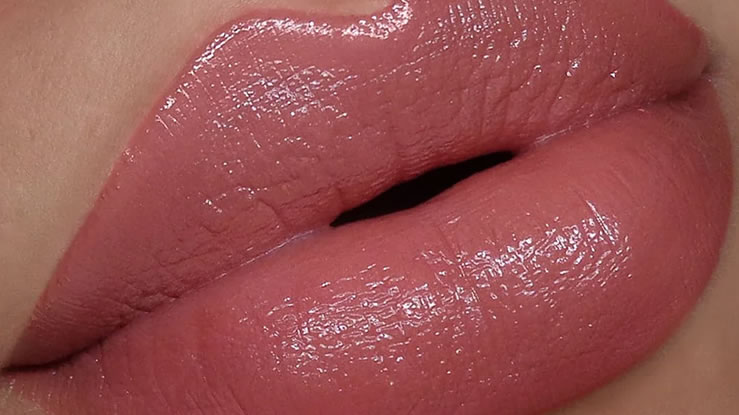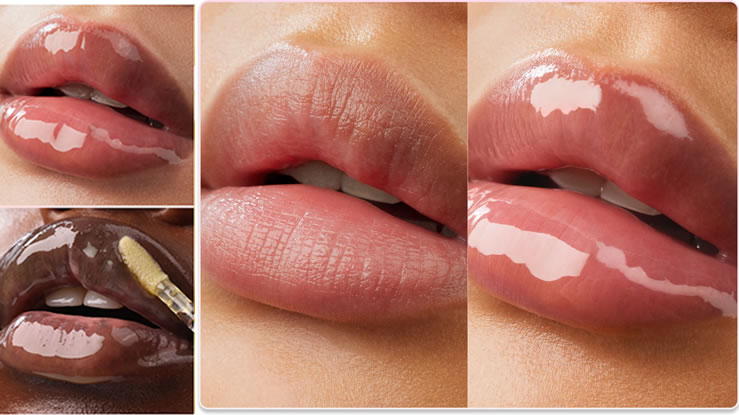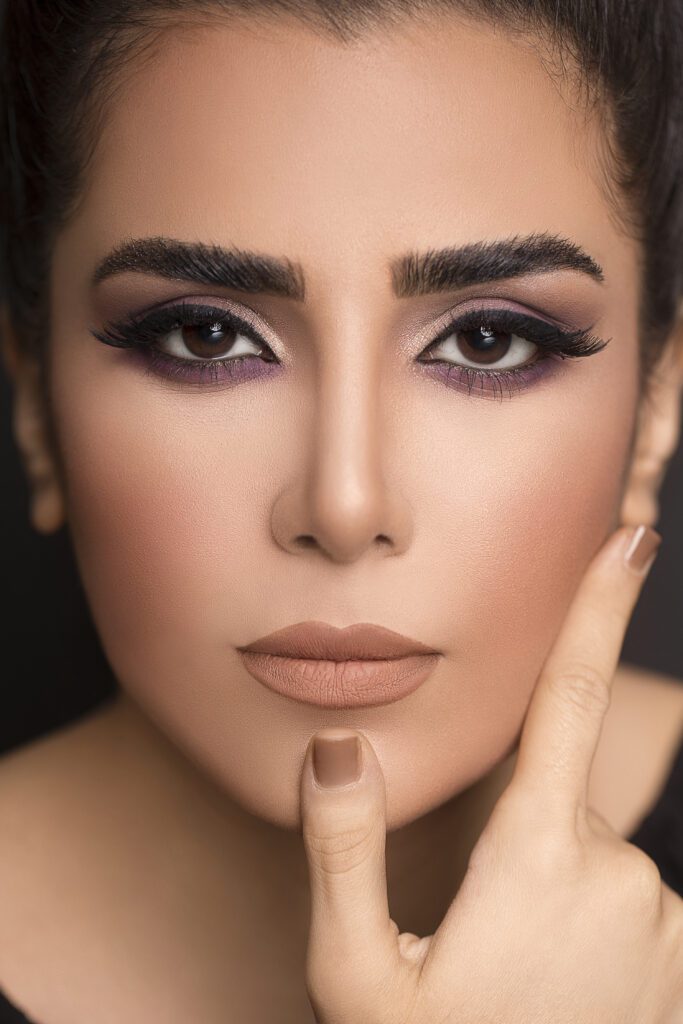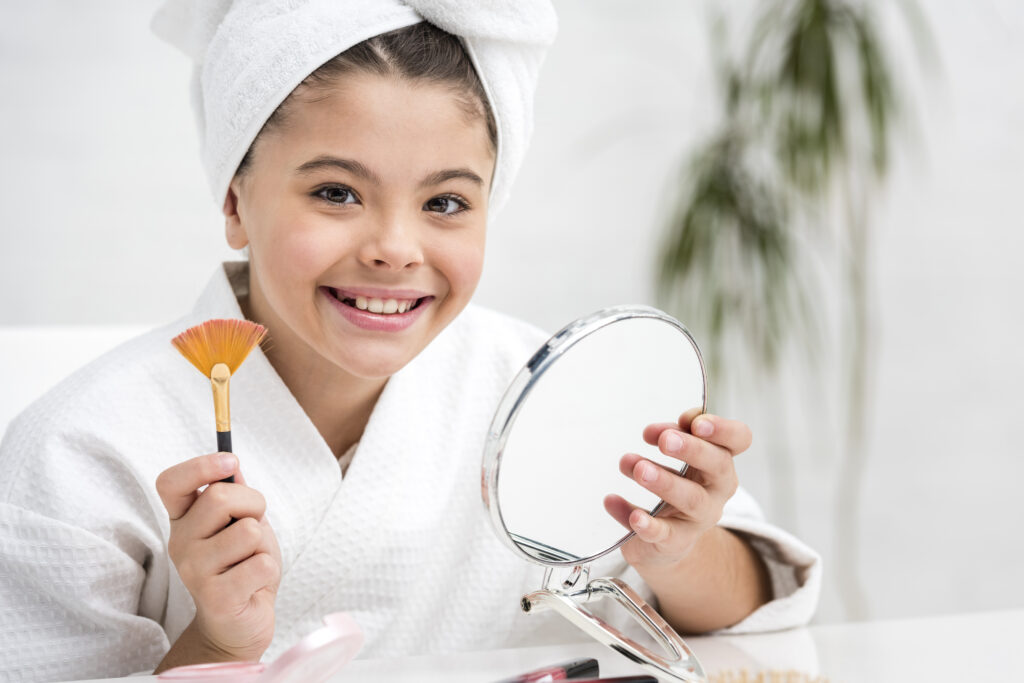Skin tints have taken over the beauty world, becoming one of the biggest makeup-skin hybrids of the past few years. From Glossier’s Perfecting Skin Tint to Fenty’s Eaze Drop and Rare Beauty’s Positive Light Tinted Moisturizer, brands everywhere are merging skincare and cosmetics into one. But as the hype grows, so does the question Is skin tint actually healthy for your skin?
Let’s dive deep into what skin tints really are, how they compare to foundations, what ingredients they contain, and whether wearing one daily can benefit or harm your skin.
What Exactly Is a Skin Tint?
A skin tint is a lightweight formula that offers sheer-to-light coverage while hydrating and enhancing your natural complexion. Think of it as a hybrid between a moisturizer, a serum, and a foundation. Unlike traditional foundations that aim to mask imperfections, skin tints focus on enhancing your natural skin texture.
They’re often infused with skincare ingredients such as:
Hyaluronic acid – to hydrate and plump
Niacinamide – to smooth texture and brighten
Vitamin E – for antioxidant protection
SPF – for sun protection
This combination makes them more than just makeup; they’re designed to nourish your skin while giving you a radiant, “your-skin-but-better” glow.
Why Skin Tints Became Popular
The rise of skin tints aligns with global shifts in beauty standards. Post-pandemic, minimalism and natural beauty have dominated trends. Heavy makeup took a backseat, replaced by “clean girl” and “no-makeup makeup” aesthetics.
People wanted products that would let their real skin breathe, and that’s where skin tints became the go-to. In Asia, the trend ties into the glass skin and dewy finish movements, while in Western markets, it reflects the desire for effortless, natural radiance.
Even dermatologists have started recommending tints over full-coverage foundations, especially for people with acne-prone or sensitive skin.
Are Skin Tints Healthy for the Skin?
Let’s break this question down into three main parts: ingredients, skin benefits, and long-term effects.
1. Ingredients Matter
Skin tints are typically enriched with skincare-grade ingredients. When formulated well, they can hydrate, protect, and even repair your skin barrier.
Healthy tints often include:
-
Hydrating agents like glycerin and hyaluronic acid
-
Antioxidants like vitamin C or green tea extract
-
SPF to protect against UV damage
However, not all tints are created equal. Some cheaper formulas contain fragrance, alcohol, or silicones that might irritate sensitive skin. Always check the ingredient list and choose non-comedogenic (won’t clog pores) and dermatologist-tested options.
2. Breathable, Lightweight Coverage
Unlike heavy foundations, skin tints allow your pores to breathe. This makes them a good choice for daily wear, especially in hot or humid climates.
Many users find that after switching to tints, their skin experiences fewer breakouts and less dullness. This is because you’re not suffocating your skin under multiple layers of thick makeup.
3. Long-Term Effects
With consistent use of high-quality skin tints, you may actually see an improvement in skin texture and tone. Since most tints combine hydration, SPF, and antioxidants, they help reduce dryness and environmental damage.
But remember, a skin tint is not a replacement for a full skincare routine. You’ll still need to cleanse, moisturize, and apply SPF daily for optimal skin health.
Who Should Use Skin Tints?
Skin tints are perfect for anyone who wants:
-
A natural, radiant look
-
Lightweight makeup for daily wear
-
Extra hydration throughout the day
-
To simplify their beauty routine
However, if you have oily or acne-prone skin, look for oil-free formulas with ingredients like niacinamide or salicylic acid. For dry skin, hydrating versions with squalane or ceramides will work best.
Dermatologists’ Take on Skin Tints
Many dermatologists now support using skin tints, especially for people who prefer minimal makeup. According to experts:
“Skin tints are great for allowing the skin to breathe and stay hydrated. They’re much healthier alternatives to heavy foundations, as long as you remove them properly at night.”
The key point here is proper removal. Even though they’re lightweight, skin tints still contain pigments and emulsifiers. Always double cleanse to avoid buildup or clogged pores.
How to Use a Skin Tint for a Healthy Glow
-
Start with skincare: Cleanse, tone, and moisturize.
-
Apply sunscreen: Even if your tint has SPF, layer additional protection.
-
Apply skin tint: Use fingers or a damp sponge for a natural finish.
-
Blend thoroughly: Focus on even coverage around the nose, chin, and hairline.
-
Set lightly (optional): Use a translucent powder if you have oily skin.
For a fresh, everyday look, pair your skin tint with a cream blush, brow gel, and lip oil.
Common Mistakes When Using Skin Tints
-
Skipping moisturizer: Skin tints are not moisturizers by themselves.
-
Not removing at night: This can lead to clogged pores.
-
Using too much product: A little goes a long way; it’s meant to look sheer.
-
Not shaking the bottle: Many tints separate due to light formulas always mixing before applying.
So, is skin tint healthy for your skin? Yes, when used correctly and chosen wisely. Skin tints are designed to merge the best of both worlds: lightweight coverage and skin-loving care.
They enhance your natural features, promote hydration, and let your skin breathe, making them an excellent addition to your makeup routine.
However, always remember that good skin starts with good skincare. Use your skin tint as a finishing touch, not a foundation for your self-care.
Because ultimately, glowing skin isn’t just about the tint, it’s about how you treat what’s underneath.
